
-
 Splicing spike6,96 € – 15,60 € TTC
Splicing spike6,96 € – 15,60 € TTC -
 Long eye splicing needles – Special for rope work16,90 € – 24,90 € TTC
Long eye splicing needles – Special for rope work16,90 € – 24,90 € TTC -
 Electrical (and ropework) adhesive tape2,90 € TTC
Electrical (and ropework) adhesive tape2,90 € TTC

To begin, as per the title, this video tutorial shows an ultra-practical and simple technique to splice a hollow braid without a needle. Adhesive tape is all you need to save the day, if you have forgotten your splicing kit. With her deep, smooth and sensual voice (a hiring requirement at Ino-Rope), our “female splicer” Camille, explains everything!
Splicing without a needle consists in using the rope, which is inserted into the braid like a needle – quite simply! In order to do this, Camille wraps the end with adhesive tape to make the rope stiff. That is why, it is essential to note that the “adhesive-tape needle” must be as fine and smooth as possible, in order to be fed into the braid without hooking onto the plaits. Camille splices in front of you to guide you!
To sum up: the adhesive tape technique enables:
On the one hand, splicing when there is no needle around.
On the other hand, splicing on a “tightly braided” rope when it is not possible to use a hollow fid or a long eye needle.

Voici un lien pour aller visionner cette vidéo directement sur notre chaîne Youtube : ici.
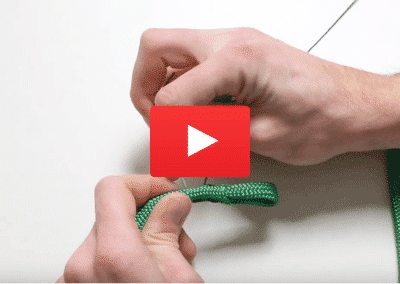
The messenger line termination | Roperwork tutorial Mastering ropework enables you to make full use of the rope during navigation, but also ashore during wintering operations. The messenger line termination was specifically conceived for this purpose or to simplify the installation of a new rope on board. It consists in making a loop at the…
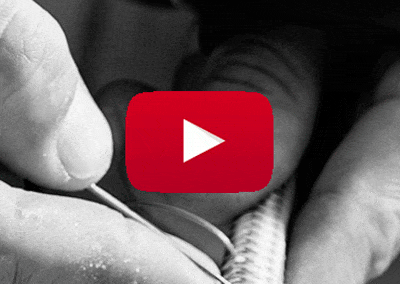
Stitching on a splice: tutorial “Why complicate things when they can be made simple?”this could sum up this video tutorial that shows how to make a stitch step by step. Quick and easy to do, the sewing stitch replaces whipping to lock a splice that is not submitted to load. » Whipping a splice: a bad…
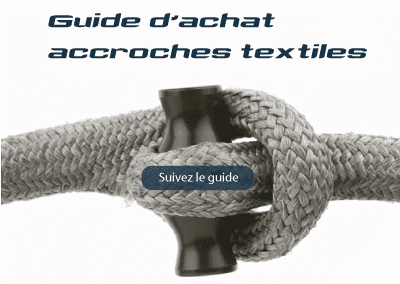
Textile connectors: A guide to help you select it ! Purchase guide for textile connectors Souvent appelées ‘manilles’ ou ‘erses à bouton’, la présentation des accroches textiles n’est plus à faire. Gain de place et de poids pour une résistance égale ou accrue, polyvalentes de par leurs multiples usages (accroches de poulie, d’écoute, de drisse…
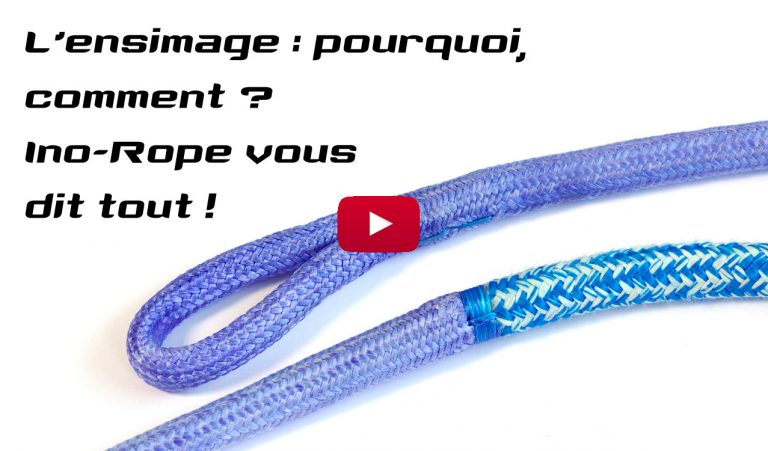
The coating process This short video tutorial explains what coating is and which method is best to coat your ropes yourself. A really simple and fun technique to colour your Dyneema® ropes, while protecting them from UVs, chafing, and salt.
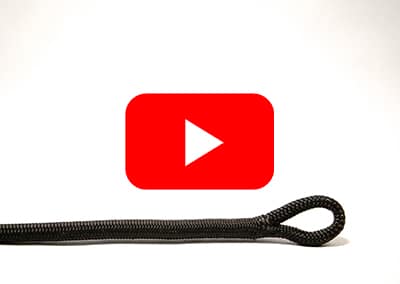
Make a double-braid splice (Dyneema® core) Here is a tutorial about the basics of modern splicing. The double-braid splice Dyneema (core + cover): this splice in made on a rope made of a Dyneema® core and a Polyester cover. The double-braid splice is called that way because it concern ropes with covers, composed of a…

Making a constrictor termination How can you make a constrictor termination? Whipping is not the only solution for ending a rope. Simple and faster to accomplish, the “constrictor termination” is also very solid. Its other advantage is that it does not get stuck in clutches, cleats or blocks. It is also very aesthetic!Julien explains smoothly…
No products in the cart.